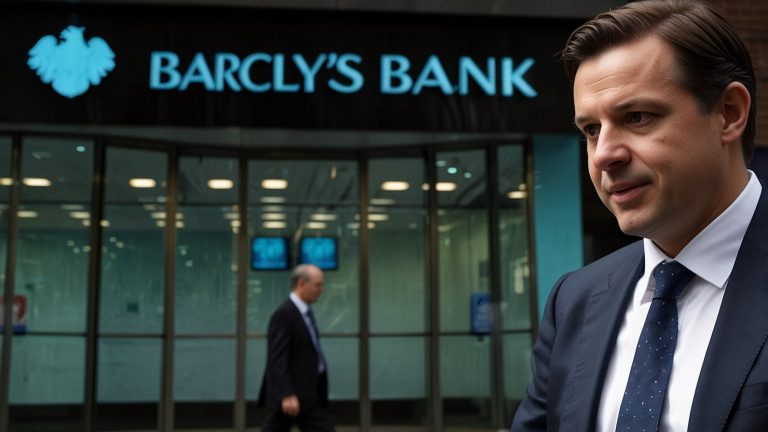Accidentally losing photos, messages, contacts, or other important files on your Android phone can be frustrating, especially when many recovery tutorials insist you must root your device first—something that can be risky and may void your warranty. The good news is that you can often recover deleted data on Android without rooting. This guide will show you how to restore lost data safely using built-in Android features like Trash folders and cloud backups, SD card recovery methods, and then take you step-by-step through using iMobie DroidKit, a powerful data recovery tool that works without root. Let’s get started and maximize your chance of getting your files back—without risking your device.
Quick checklist — what to do immediately after deletion
- Stop using the phone (don’t take new photos or download big files). New data can overwrite deleted files.
- Turn off Wi-Fi/cell transfers if you’re worried about background sync altering things
- Check built-in trash/recycle bins (Google Photos, Files by Google, Gallery apps often have “Trash” for 30–60 days).
- Look in cloud backups (Google Drive, Google Photos, Samsung Cloud).
- Have a USB cable and a computer ready — many recovery tools work faster from a PC/Mac.
If the built-in methods don’t help, keep reading — DroidKit and other no-root techniques are next.
Non-root recovery options you should try first
- Google Photos: Open Google Photos → Library → Trash. Deleted photos are usually kept for 30 days.
- Google Drive / Files by Google: Check Backups and Trash sections. Some apps keep recent deletes for a limited time.
- SD card recovery (if files were on removable storage): Remove the SD card and connect it to a PC using a card reader. Use a desktop recovery tool (many free/paid options exist) — this avoids writing to the phone.
- App-specific recovery: WhatsApp has its own Google Drive backups (Settings → Chats → Chat backup). Restore from there if available.
If these don’t work, use a dedicated recovery tool that doesn’t require rooting: enter iMobie DroidKit.
What is iMobie DroidKit?
iMobie DroidKit is a desktop application for Windows and macOS designed to help Android users recover lost or deleted data, bypass lock screens, remove Google account locks (FRP), and fix some Android system problems. It supports thousands of Android devices from brands like Samsung, Xiaomi, Huawei, and more. Importantly for most users, DroidKit can recover data without requiring root, avoiding the complexity and security risks of rooting.
Key highlights:
- Preview deleted photos and selectively recover what you need.
- Recover up to 13 types of data: photos, messages, contacts, call logs, WhatsApp data, app data, documents, and more — Android 14 supported.
- Recover directly to your phone or export to PC/Mac.
- No overwriting of existing data; no root required; low risk of data leakage.
- Special Samsung support: can recover deleted photos from crashed systems or broken phones.
- Broad device compatibility: supports 20,000+ Android models.
- Additional tools: unlock Android lock screen, bypass Google account verification, fix system issues.
How to Recover Deleted or Lost Data on Android Without Root (DroidKit walk-through)
Below is a step-by-step guide on DroidKit Android data recovery without root that mirrors the main interfaces you’ll see. Screens described are typical: main dashboard → recovery options → scan → preview → recover.
Step 1 — Download & Install DroidKit
- Go to the official iMobie DroidKit page and download the Windows or macOS installer.
- Install and open DroidKit on your computer. You’ll see a clean dashboard with tiles like Data Recovery, Screen Unlock, FRP Bypass, and System Fix.
Step 2 — Connect your Android device
- Use an original USB cable. Enable USB Debugging if prompted: go to Settings → About phone → tap Build number 7 times to enable Developer Options, then Developer Options → enable USB Debugging.
- DroidKit should detect your device and display the model name on the screen.
Step 3 — Choose Data Recovery (No Root)
- From the dashboard, click Data Recovery (or “Recover Lost Data” tile).
- Select Recover from Device (No Root Required). DroidKit will explain what it can access without root and which file types are supported.
Step 4 — Start scanning
- Click Start. DroidKit will analyze the device and perform a quick scan followed by a deeper scan if needed.
- A progress bar shows estimated time; you can pause if necessary. The software will not write to the phone during scanning.
Step 5 — Preview found items
- Once scanning completes, DroidKit shows categories (Photos, Messages, Contacts, WhatsApp, etc.).
- Click Photos to see thumbnails, or Messages to view message threads.
- The preview interface lets you tap any item to view full size and metadata (timestamp, path).
Step 6 — Select and Recover
- Tick the checkboxes beside the items you want to recover.
- Choose the recovery target: Recover to Device (restore back onto the phone) or Recover to Computer (export to PC/Mac).
- Click Recover. DroidKit will perform the operation without overwriting other data. For device restore it writes only the recovered data back, keeping other files intact.
Step 7 — Complete and verify
- When finished, DroidKit shows a completion screen with the recovered file list and a folder button to open exported files.
- Verify photos, messages or contacts in your phone’s Gallery, Messages app or Contacts app.
Bonus Tips
- Success depends on overwrite status. The sooner you attempt recovery after deletion, the higher the success rate.
- No root = limited deep access. Some deeply deleted or overwritten files may not be recoverable without root or a specialized forensic approach. DroidKit maximizes success without root in most everyday scenarios.
- Keep backups regularly. Use Google Photos / Drive / SMS backup to avoid future panic.
- Use the official DroidKit download from imobie.com to avoid malware.
When to choose DroidKit
Choose DroidKit when you want a safe, no-root, easy method to recover common data types quickly — especially photos, messages, contacts, and WhatsApp — and when you need Android 15/16 support or Samsung-specific recovery features. It’s also a handy one-stop utility for unlocking screens and fixing system issues beyond data recovery.
Final thoughts
Recovering deleted Android data without root is absolutely possible for many everyday losses. Try quick built-in fixes (Trash, cloud backups) first. If they don’t work, DroidKit provides a clear, preview-first approach that minimizes risk and lets you recover selectively to your device or PC. Act fast, avoid using the phone, and you’ll maximize your chances of getting your files back.












 Bitcoin
Bitcoin  Ethereum
Ethereum  Tether
Tether  XRP
XRP  USDC
USDC  TRON
TRON  Lido Staked Ether
Lido Staked Ether  Cardano
Cardano  Avalanche
Avalanche  Toncoin
Toncoin  Wrapped SOL
Wrapped SOL